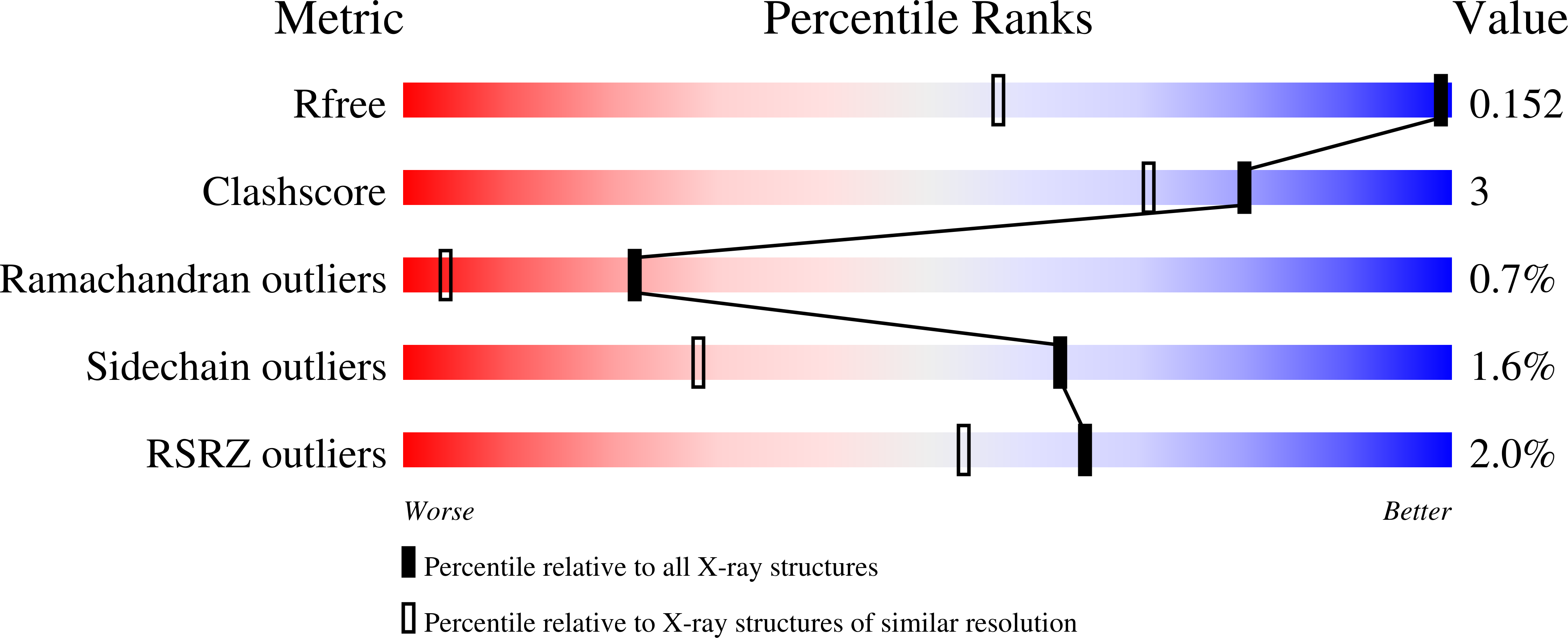
Deposition Date
2022-10-05
Release Date
2023-02-22
Last Version Date
2024-02-07
Entry Detail
PDB ID:
8B97
Keywords:
Title:
N-terminal beta-trefoil lectin domain of the Laccaria bicolor lectin in complex with N-acetyl-lactosamine
Biological Source:
Source Organism:
Laccaria bicolor S238N-H53 (Taxon ID: 1035139)
Host Organism:
Method Details:
Experimental Method:
Resolution:
0.97 Å
R-Value Free:
0.15
R-Value Work:
0.14
R-Value Observed:
0.14
Space Group:
P 21 21 2


